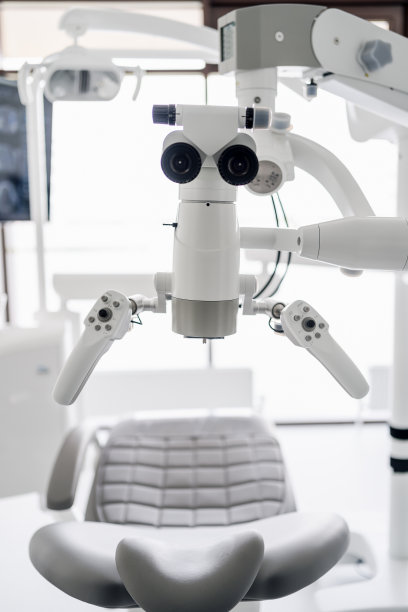The Journey of Extracting a Tooth Understanding the Procedures Aftercare and Emotional Impact on Patients
Summary: The journey of tooth extraction is a multifaceted experience that involves understanding the procedures, aftercare, and emotional reactions from patients. Initially, patients may feel anxiety regarding the dental process, but knowing what to expect can alleviate fears. The preparation for the procedure, including consultations and evaluations, is crucial to ensure a smooth extraction. Aftercare is equally important, as it involves managing pain, promoting healing, and preventing complications. Additionally, the emotional impact cannot be overlooked; patients may experience a range of feelings from relief to distress post-extraction. This article seeks to delve into each of these aspects, providing a comprehensive guide for those facing the experience of tooth extraction.
1. Understanding Tooth Extraction Procedures

The first step in the tooth extraction journey is understanding the dental procedure itself. Tooth extractions can be classified into two categories: simple and surgical. A simple extraction is performed on a visible tooth, while surgical extractions are necessary for teeth that are broken or have not erupted fully. Knowing the difference helps demystify the process, reducing patient anxiety.
During the consultation, dentists assess the patients dental health and discuss the reasons for extraction. This often includes discussions regarding decay, crowding, or periodontal issues. X-rays may be taken to provide insight into the tooth’s roots and surrounding bone structure, which aids in planning the extraction approach.
On the day of the procedure, local anesthesia is administered to ensure comfort. Patients often feel minimal pain as the procedure occurs, though the sounds and sensations can be unsettling. Post-extraction instructions are crucial to ensure a smooth recovery. Overall, understanding these procedural elements can significantly calm a patient’s mind before the appointment.
2. Aftercare Post Tooth Extraction
Aftercare following tooth extraction is vital for promoting healing and preventing complications. Immediately following the procedure, the dentist typically provides gauze to control bleeding. Patients are advised to bite down gently on the gauze to help form a blood clot, which is a crucial step in the healing process.
For the next few days, each patient should adhere to strict aftercare guidelines. This includes avoiding vigorous rinsing and using straws, as these actions can dislodge the clot. Pain management is often part of aftercare, with dentists recommending over-the-counter medications or prescribing stronger painkillers if necessary.
Patients should also pay attention to their diet during recovery. Soft foods and plenty of fluids are encouraged to minimize discomfort. Ice packs may be applied to the outside of the cheek to reduce swelling. Proper aftercare not only aids in a rapid recovery but also mitigates the risk of infections and prolonged pain.
3. Emotional Impact on Patients
The emotional impact of tooth extraction can be profound and varies from patient to patient. Many individuals experience anxiety before the procedure, often stemming from fear of pain or complications. Understanding the procedure, however, can help to reduce such anxiety and provide a sense of control.
Post-procedure feelings often range from relief to sadness. While some patients are glad to have resolved their dental issues, others may mourn the loss of their tooth. This emotional duality highlights the importance of mental health support during dental visits, as feelings of loss can be underestimated in the aftermath of dental work.
Support from family and friends can play a vital role in a patients emotional recovery. Encouragement and reassurance may help ease feelings of distress, allowing for a smoother transition during the healing process. Engaging with a dentist about any lingering fears or feelings can also provide a pathway to emotional healing.
4. Preparing for Future Dental Care
Preparing for future dental care post-extraction involves not only physical healing but also establishing new dental habits. Patients should schedule follow-up appointments to ensure proper healing and to address any potential complications. Regular check-ups are important to maintain overall oral health.
Enhancing oral hygiene practices is another crucial aspect. Patients might benefit from learning more about proper brushing techniques and the importance of flossing, especially around areas where teeth were removed. This can prevent future dental issues which may lead to additional extractions.
This experience also often serves as a wake-up call for many patients to rethink their approach to dental care. Lifestyle changes, such as a healthier diet and quitting tobacco, can contribute to better oral health and reduce the need for future procedures.
Summary: Understanding the journey of tooth extraction offers patients insight into both the procedures and the emotional aspects they may encounter. Knowledge empowers patients to face this experience with confidence, ensuring they not only recover effectively but are also more equipped for future dental challenges. Ultimately, the extraction of a tooth, while daunting, can pave the way for improved oral health and well-being.
This article is compiled by Vickong Dental and the content is for reference only.



